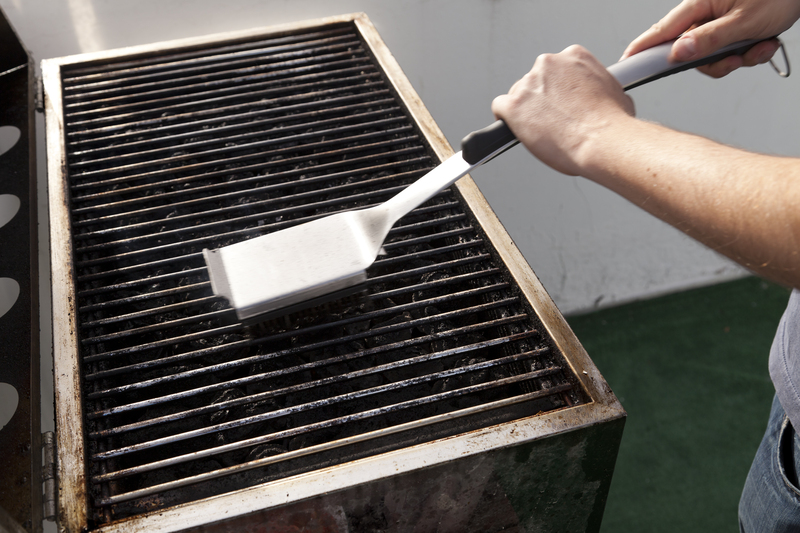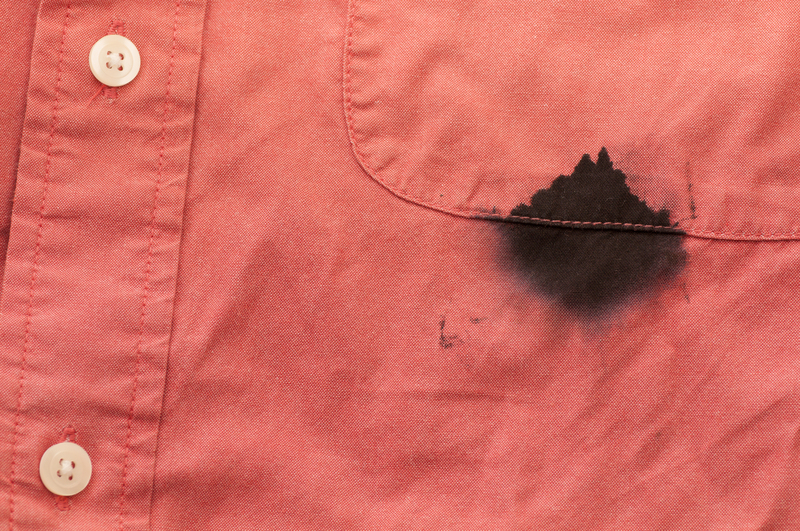The Truth Behind Popular Mold Remediation Misconceptions
Posted on 25/07/2024
Mold is a common household problem that affects millions of homes and buildings worldwide. It can cause significant damage to property and pose potential health risks to individuals living in the affected space. As a result, there are many misconceptions surrounding mold remediation, which can lead to confusion and potentially harmful decisions when attempting to deal with a mold problem. In this article, we will uncover the truth behind some of the popular mold remediation misconceptions.
The Misconception: Bleach Can Effectively Remove Mold
One of the most common misconceptions about mold remediation is that bleach can be used to effectively remove it. While bleach may appear to get rid of visible mold on surfaces, it does not address the root cause of the problem. Mold can grow deep into porous materials such as wood and drywall, making it impossible for bleach or any other surface cleaner to completely eliminate the issue. Furthermore, using bleach for mold removal can release harmful fumes and potentially damage the surface it is applied to.

The Truth: Mold Removal Requires Professional Expertise
Contrary to popular belief, mold removal is not a simple DIY task that can be tackled with household cleaning products. Mold remediation involves a comprehensive process that requires professional expertise and specialized equipment. This includes identifying the source of the moisture that is causing mold growth, thorough containment to prevent further spread, proper removal and disposal of affected materials, and effective treatment with specialized solutions. Professional mold remediation companies have years of experience and training in dealing with different types of molds and can ensure safe and efficient removal.
The Misconception: Indoor Mold is Not Harmful
Many people believe that indoor mold is not harmful as it is commonly found in nature. However, this couldn't be further from the truth. While outdoor molds may not pose significant health risks for most individuals, certain types of indoor molds can release spores that can cause respiratory issues, allergic reactions, and even serious illnesses. In addition, constant exposure to mold can weaken the immune system and make individuals more susceptible to other health problems.
The Truth: Prevention is Key
Preventing mold growth should be the primary goal when dealing with a mold problem. While it is impossible to completely eliminate mold from our surroundings, there are steps that can be taken to prevent its growth. These include fixing any water leaks or moisture issues, regular cleaning and maintenance of areas prone to moisture, proper ventilation in bathrooms and kitchens, and keeping indoor humidity levels below 50%. By taking these preventative measures, you can reduce the chances of mold growth in your home or building.

The Misconception: Mold Can Only Be Found in Visible Areas
Another common misconception about mold is that it is only found in visible areas such as walls and ceilings. In reality, mold can thrive in hidden areas such as behind walls, under flooring, and within air ducts. This makes it difficult for homeowners to identify a mold problem until it has spread significantly. As a result, it is important to address any musty odors or unexplained health issues promptly and seek professional help to inspect and identify potential hidden mold growth.
The Pros and Cons of DIY Mold Remediation
While hiring a professional mold remediation company may seem like an expensive option, it comes with several benefits. Professionals have the necessary knowledge, experience, and equipment to effectively deal with a mold problem. They also follow strict safety protocols and use specialized treatments that ensure proper removal without causing harm to individuals or the environment. On the other hand, DIY mold remediation can be risky as improper handling of molds can lead to further contamination and potential health hazards.
Tips for Effective Mold Remediation:
- Act quickly when you notice signs of mold growth to prevent it from spreading.
- Wear protective gear such as gloves, masks, and goggles when dealing with mold.
- Properly ventilate the affected area to prevent the spread of spores.
- Do not disturb or attempt to remove large areas of mold without professional help.
- Always fix any moisture issues before starting the remediation process.
Key Takeaways:
Mold remediation is a complex process that requires professional expertise and equipment. Bleach should not be used for removing mold, and preventive measures are crucial in controlling its growth. Mold can be present in hidden areas, making it important to address any musty odors or unexplained health issues promptly. DIY mold remediation can be risky and ineffective when compared to hiring professional help.
In Conclusion:
It is essential to understand the truth behind popular mold remediation misconceptions to make informed decisions when faced with a mold problem. Professional help should always be sought for effective and safe removal of molds. Prevention is key in controlling mold growth, and timely action can save you from costly repairs and potential health risks. Remember to always prioritize safety and take precautions when dealing with mold to ensure a healthy living environment for you and your loved ones.




